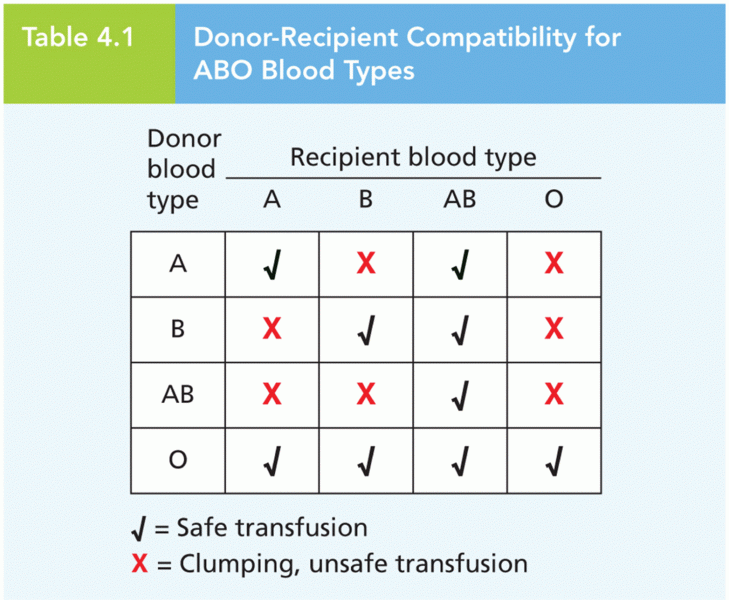Answer to Question 1
There is no absolute right of appeal to the United States Supreme Court. To bring a case before the Supreme Court, a party requests the Court to issue a writ of certiorari. A writ of certiorari is an order issued by the Supreme Court to a lower court requiring the lower court to send it the record of the case for review. Parties can petition the Supreme Court to issue a writ of certiorari, but the Court will not issue a writ unless at least four of the nine justices approve of it. This is called the rule of four. Most petitions for writs are denied. A denial is not a decision on the merits of a case, nor does it indicate agreement with the lower court's opinion. It simply means that the Supreme Court declines to grant the request (petition) for appeal. Furthermore, denial of the writ has no value as a precedent.
Typically, the petitions granted by the Court involve cases that raise important constitutional questions or decisions that conflict with other state or federal court decisions. Similarly, if federal appellate courts are rendering inconsistent opinions on an important issue, the Supreme Court may review a case involving that issue and generate a decision to define the law on the matter.
Answer to Question 2
Alternative dispute resolution (ADR) methods include:
NegotiationThis is a process in which parties attempt to settle their dispute voluntarily, with or without attorneys to represent them.
MediationThis is a method of settling disputes outside of court by using the services of a neutral third party, who acts as a communicating agent between the parties. Mediation is a method of dispute settlement that is less formal
than arbitration.
ArbitrationThis is a method of settling disputes in which a dispute is submitted to a disinterested third party (other than a court), who issues a decision that may or may not be legally binding.
Binding mediationThis is a form of ADR in which a mediator attempts to facilitate agreement between the parties but then issues a legally binding decision if no agreement is reached.
Mediation arbitration (med-arb)This is a form of ADR in which an arbitrator first attempts to help the parties reach an agreement, just as a mediator would. If no agreement is reached, formal arbitration occurs, and the arbitrator issues a legally binding decision.
Early neutral case evaluationThis is a form of ADR in which a neutral third party evaluates the strengths and weaknesses of the disputing parties' positions; the evaluator's opinion forms the basis for negotiating a settlement.
Mini-trialThis is a private proceeding that assists disputing parties in determining whether to take their case to court. Each party's attorney briefly argues the party's case before the other party and (usually) a neutral third party, who acts as an adviser. If the parties fail to reach an agreement, the adviser issues an opinion as to how a court would likely decide the issue.







